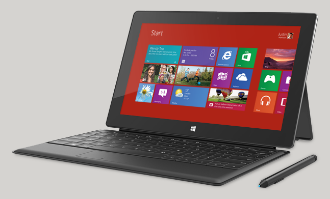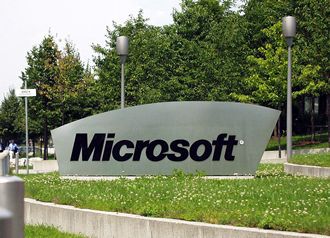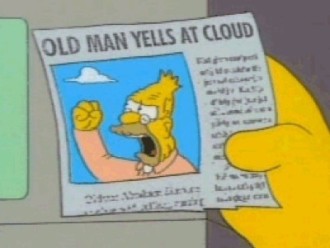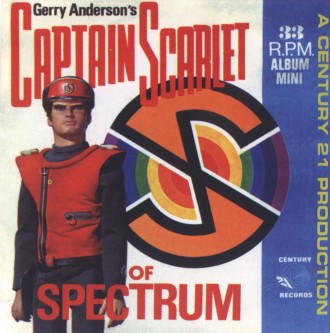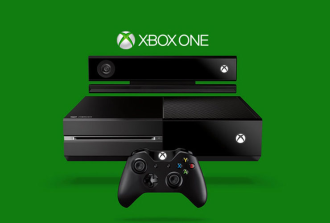 The outfit which helped market Microsoft’s Xbox One, is in trouble with the regulator for paying up to US$30,000 for video endorsements.
The outfit which helped market Microsoft’s Xbox One, is in trouble with the regulator for paying up to US$30,000 for video endorsements.
The FTC is looking into Machinima’s antics as part of an alleged deceptive advertising investigation.
Machinima paid two Xbox One endorsers a total of US$45,000 for producing YouTube videos. It also promised to pay a larger group of so-called online influencers $1 for every 1,000 page views, up to $25,000, the FTC said.
The company did not ask the influencers to disclose the payments, the agency said.
The failure to disclose payments for what the FTC called “seemingly objective opinions” violated the FTC Act. The agency’s endorsement guides, updated in 2009 to cover online endorsements, require disclosure of paid endorsements.
In a proposed settlement with the FTC Machinima is prohibited from engaging in similar marketing campaigns and would be required to clearly disclose paid endorsements.
Jessica Rich, director of the FTC’s Bureau of Consumer Protection said that when people see a product touted online, they have a right to know whether they are looking at an authentic opinion or a paid marketing pitch.
Machinima insists that it does not do that sort of thing now. The FTC’s complaint stems from company activity in 2013, before a change in management in March 2014.
“Machinima is actively and deeply committed to ensuring transparency with all of its social influencer campaigns. We hope and expect that the agreement we have reached today will set standards and best practices for the entire industry to follow to ensure the best consumer experience possible.”
Machinima and its online influencers were part of an Xbox One marketing campaign, managed by Starcom MediaVest Group, the ad agency hired by Xbox maker Microsoft, the FTC said in a press release. Machinima guaranteed Starcom that the influencer videos would be viewed more than 19 million times.
A small group of influencers were given access to pre-release versions of the console before its launch in late 2013, the agency said. Two paid endorsers, one receiving $15,000 and the second receiving $30,000, produced YouTube videos that garnered nearly 1 million page views combined.
The FTC has closed its investigation into Microsoft and Starcom, it said. While both companies shared responsibility for the failure to disclose endorsements, the commission’s staff considered the payments to be “isolated incidents” that happened in spite of, not in the absence of, policies designed to prevent them, the agency said.
Both companies also moved quickly to end the Machinima payments, the FTC said.
 The cyber insurance market will triple in size to $7.5 billion in annual premiums by 2020 according to a new consultant’s report.
The cyber insurance market will triple in size to $7.5 billion in annual premiums by 2020 according to a new consultant’s report.
